what a kid needs to know by kindergarten
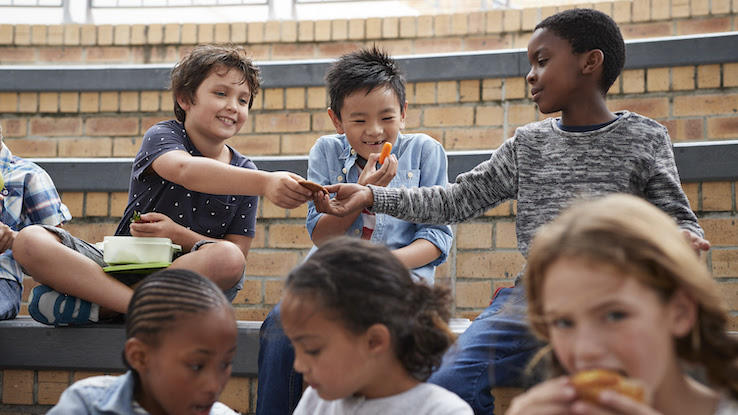
Without a dubiety, 2020 was a difficult year for all of us. For school-aged children, navigating the COVID-19 pandemic safely likewise entailed adjusting to virtual learning and distancing from their friends. But as many students return to the classroom — and as some enter a classroom for the get-go time — another hurdle looms. Merely like adults, kids volition take to learn to exist around other people again, including peers with identities and experiences that differ from their own.
With this in listen, it'southward of import to develop strategies to teach kids empathy and kindness early on, particularly as they begin to socialize in person again. Activities similar function-playing and reading are just a few ways to help students connect with their emotions equally well as the emotions of others. Here, nosotros've rounded up a few keen activities that teach empathy — for kids and adults.
Students Can Emotionally Connect to Characters in Stories
Having story time with younger children or offer new reading material to older children can be a great opportunity for children to learn empathy. If illustrations are used in the story, y'all tin run across if younger kids can name the emotions of the characters' faces. Ask the children how these characters might exist feeling and if they have always felt the aforementioned way (scared, excited, etc.). Additionally, permit them run across that you are concerned for or connected to the characters every bit well so they tin meet that it's important to treat the well-being of others.
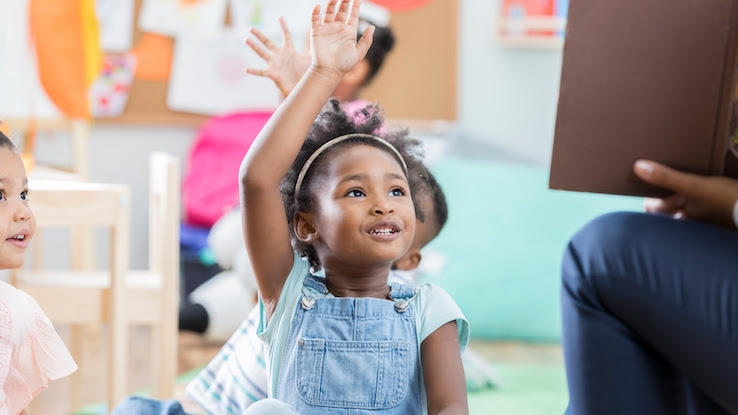
For kids who are older, teachers or parents can provide special questions or journal prompts to ameliorate understand the characters in their books. The questions may ask scholars to imagine what the characters might experience when making different choices or in their current circumstances.
Older Children Can Write Out Feelings in an Emotion Journal
An emotion journal is a swell way for kids to brainstorm to connect with their own feelings. Teachers and parents alike tin incorporate periodical time at a certain point in the day to allow them to write about their highs and lows.
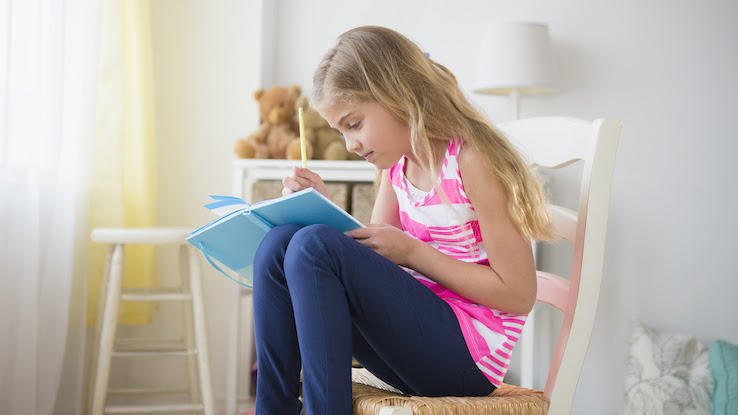
Children tin share parts of their periodical entries with their peers if they are comfortable. Ultimately, writing out their feelings (and peradventure sharing them with others) allows them to learn to express themselves healthily. If kids hash out their feelings — or let them out in a healthy way — they can brainstorm to build empathy by relating to each other.
Random Acts of Kindness or Volunteering Will Encourage Kids to Show Empathy
Doing random acts of kindness or taking part in a volunteer experience will assistance kids learn to think about other people's feelings, and mayhap put them ahead of their own. Teachers or parents can create a jar or chart where a student tin can track i act of kindness completed during the week.
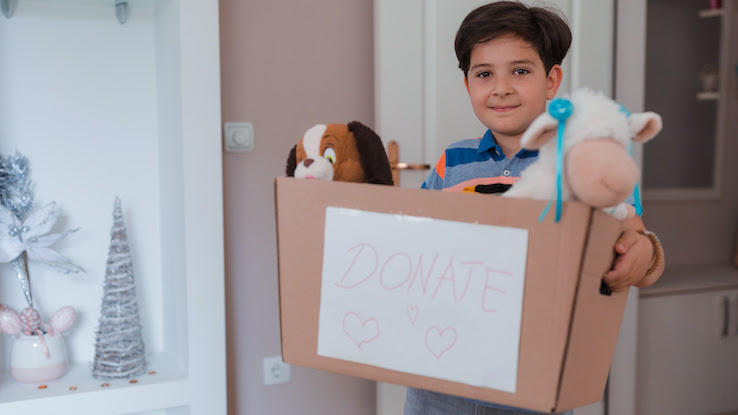
It's also great for children to discuss how being kind makes people experience good as opposed to bullying or hateful acts that brand people feel bad. Their behavior tin be reinforced also past talking nearly how volunteering or the act of kindness made them feel equally well. Likely, they will be excited and happy that something they did helped someone else.
Children Can Create 'Feelings Collages' to Learn Emotions
For younger kids, especially those who are shy and tranquillity, creating a "feelings collage" volition assistance them express their emotions. With this unique collage, they tin acquire to read faces, body language, and the emotions of others also.
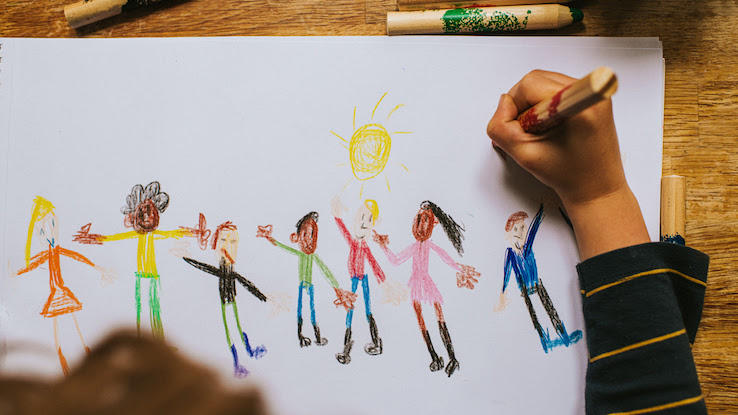
Children tin cut and glue pictures from magazines onto affiche boards or construction newspaper. These pictures would have people expressing any kind of feeling (happiness, sadness, fear, etc.). Kids could even label the images they glue with a feeling word, and, later, share with their peers if desired. The collages can be used at school or home to practise identifying and labeling feelings. If they want to really go creative, kids can try their mitt at creating drawings of different people with various emotions.
Imaginative Roleplay Helps Students See Emotions in Real Life
Roleplaying allows kids to see circumstances from a completely different perspective than their own. Teachers or parents can encourage children to footstep into the shoes of someone different from them, request them most different scenarios like, What if y'all were at a new school without any friends? or If yous saw someone getting bullied, what would you practice — and how would you feel?
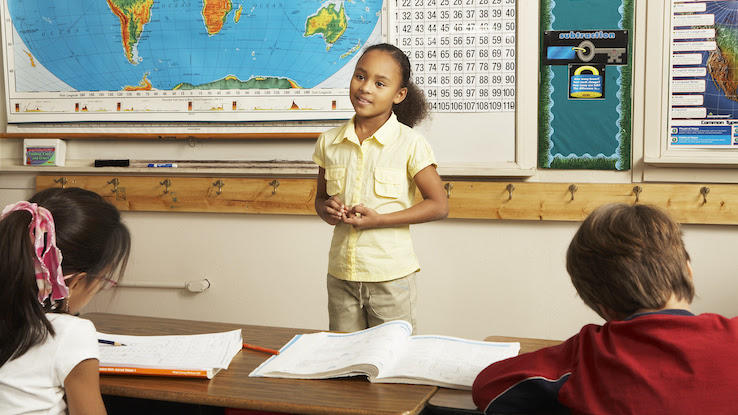
While watching someone act out a "role," other kids could chime in about the faces or body language of the person. This allows them to larn to read people better, which can be a major pro in the future as an adult. Roleplaying like this really helps put circumstances into perspective and even helps change behaviors. Plus, younger kids honey to play pretend, and so it's a win-win!
Teachers and Parents Should Model Empathy to Kids
You've certainly heard of the saying, "Do as I say, not as I do." That volition certainly not help teach empathy. While kids may pick up some good habits that are taught past parents, teachers, and other authority figures, children model what they see, fifty-fifty if the developed isn't aware that they're being observed. Kids are always paying attention, so it's important to model empathetic beliefs as much every bit possible.
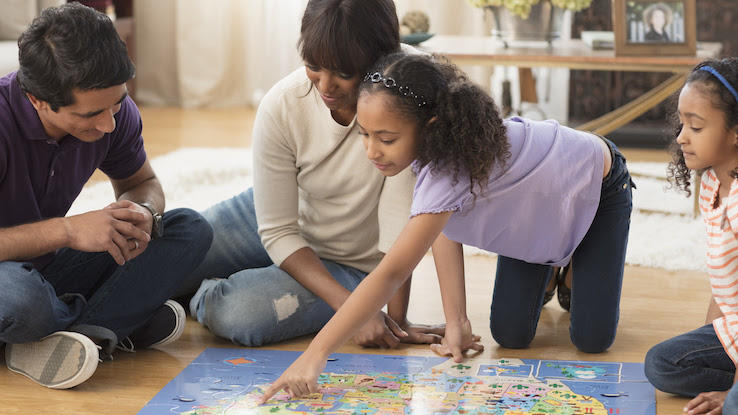
For instance, teachers should exist mindful of their interactions with other adults whether in-person or on screen. Parents should be careful non to snap at or belittle each other or their children at home. While trying to completely avoid conflict is incommunicable, how nosotros speak to and care for each other matters.
Resource Links:
- "Developing Empathy: 8 Strategies & Worksheets for Becoming More Empathetic" via Positive Psychology
- "20+ Strategies for Instruction Empathy" via Pathway ii Progress
- "Empathy Activities" via Didactics Development Center
- "5 Activities for Building Empathy in Your Students" via Brookes Blog
Source: https://www.symptomfind.com/healthy-living/activities-that-teach-empathy?utm_content=params%3Ao%3D740013%26ad%3DdirN%26qo%3DserpIndex
0 Response to "what a kid needs to know by kindergarten"
Post a Comment